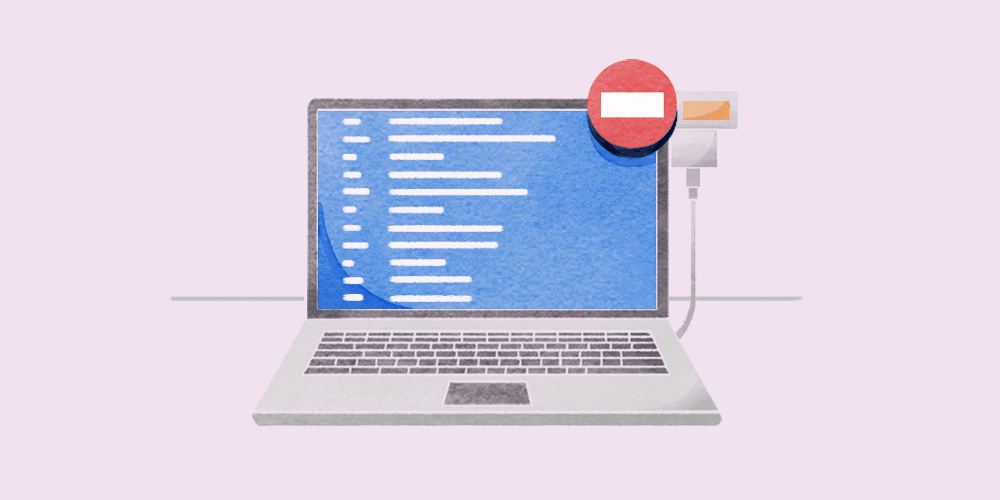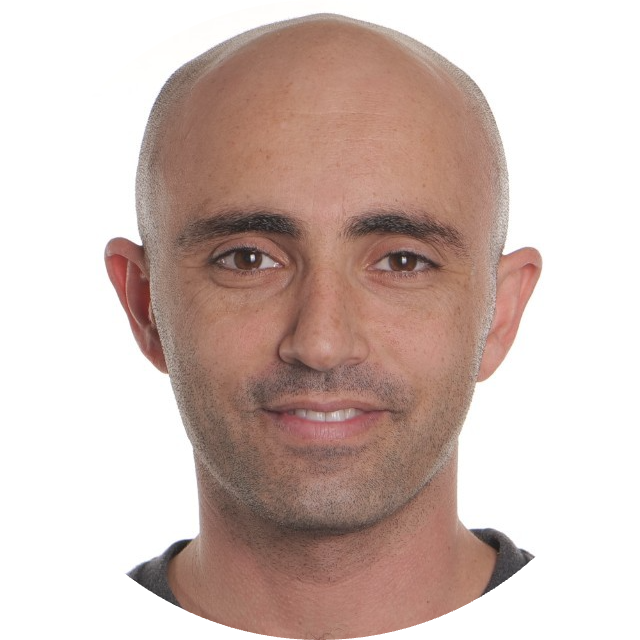Why these workers are using ‘Do Not Disturb’ gadgets in the office

When Natasha Chang returned to monday.com’s Tel Aviv office, she would avoid her desk and escape to conference rooms just to find peace and quiet.
“There was not a period of time that I could really sit down at my desk without someone coming up to me or being distracted,” said Chang, digital communications manager at the project management company.
She realized her desk getaways wouldn’t be sustainable, so she asked the company’s three-person “makers team,” a group that innovates and experiments with products to improve the future of work at Monday, to brainstorm a solution with her.
That’s how she and Michael Hermon, senior maker, came up with the idea of a “Do Not Disturb” gadget that can be placed atop workers’ laptops. It comes equipped with a red light that can be turned on to signal to other employees that they are in the middle of deep work. It also has a timer to show how much longer they won’t be available for collaboration or quick chats.
Chang comes from a work-from-home dynamic that was completely silent. There were no interruptions for her at all during the day, which meant she could complete her deep work swiftly and efficiently. Naturally, others are returning to the office in the hope of more human connection and collaboration. So expecting to be able to have the same focus and quiet atmosphere as her home, would be unrealistic.
Many workplaces didn’t think through the psychological jolt many workers would experience when yanked out of a quieter (for some) home environment, where they have worked for years now, into a bustling workplace with their coworkers. “What happened is a lot of people came back from working from home and workplaces have dropped the ball on that and have just allowed it to be a free for all,” said Jamie Hodari, CEO and founder of private office and suites company Industrious.
He stressed the need for employers to ensure they are catering to various working habits – many of which have been magnified after several years of remote working. “People have become more introverted as a result of Covid and people do need places to retreat to,” added Hodari. “And oftentimes employers take very small spaces with just giant, open floor plan workspaces without having any places for people to retreat to and that’s not okay.”
That’s not the case at monday.com, where there are multiple private spaces. But that hasn’t made the adjustment back to the office easy for everyone. “To be overstimulated again at the office was definitely a challenge,” said Chang.
As a compromise, Chang wanted to be able to have some kind of signal that informed other workers when she needed to have her deep-focus time, and when she was open for conversations. And she thought it was very unlikely she was the only person in the office who felt this way.
The gadget is being used just among Chang’s team for now, but Hermon said he hopes to see it used in the company’s New York City office, which has a lively hustle and bustle environment.
Chang hasn’t put the gadget’s red light on for more than an hour at a time and doesn’t expect to. But being able to have a dedicated 45 minutes to finish a deck or 30 minutes to knock out unanswered emails, has then freed her up to enjoy collaborative time with others.
The gadget is still undergoing iterations. The next one will have a timer that goes up to three hours for people who want to do deep work for an extended period of time, according to Hermon. In his position he’s able to play with a number of different potential projects, most that stay in-house and a few that are occasionally offered to the public. They are working towards making the “Do Not Disturb” gadget publicly available.
“Monday is all about the future of work,” said Hermon. “We do that with our software, but we thought how can we expand our philosophies into hardware and the physical space. We want to give tools to get the most out of the office.”
The Makers team have also created an anonymous “husher” for the Tel Aviv office. It sits in the office and has a microphone speaker inside. When someone speaks too loudly near it, it will shush you. But besides it responding to sound, someone from their desk can trigger it to shush, which is especially helpful for people who might be on a call and can’t say themselves that they need things quieter.
Overall though, Hermon says that most of the requests they receive from employees are because they are facing actual problems that are hindering their productivity.
“It could be anyone from someone who just joined yesterday or as high up as the CEO,” said Hermon. “We look for solutions. If we think it can be purchased, we typically send people to the market. But if it’s a problem we think we should build out custom, we go ahead and build it if it makes sense.”
The Makers team is part of monday.com’s programs group, a division that contains teams like global events and production that execute cross-company, strategic, and impact-driven programs and initiatives. Hermon said that while they don’t require approvals for testing prototypes, the Makers team evaluates if the value of the potential product justifies the cost involved during the ideation phase. Once they get buy-in from one or more people in the organization, they’re able to take things to the next level and consult with other teams such as security, IT, legal and design to ensure that the product is aligned with the company’s standards.
“We want to make the office more productive and fun and a place that people want to come to and show off to their friends and families,” said Hermon.
Coinciding with building new products to make the workplace better that are often requested by employees, the design team is also always listening to their employees. Employers stepping up to the challenge is something Hodari says is crucial.
“I think in many ways, people who run workplaces, whether it’s an individual company or workplace operator, have a high responsibility to set the tone for what the social and professional environment in the space is,” said Hodari. “You need to work in a workplace that has lots of spaces or setups that allow for privacy, Do Not Disturb devices, okay. But overall, it’s far inferior to a workplace that actually creates the space for focus.”
At monday.com’s New York City newly designed office, it started with just two floors revealed. They collected feedback from employees to see what was missing and what could be improved before they built out the next two floors.
“That was intentional,” said Mike Lamm, vp of people in America at monday.com. “We wanted the employee voice throughout the design process. We looked at the biggest piece of feedback from the first two floors to add to the next two.”
Heading back to the office, it was a main component that people were happy with the new hybrid dynamic after working remotely. That meant adding in additional phone booths and conference rooms because people are taking more calls than before.
“We built that right balance where people are excited to go into the office,” said Lamm. “People are having a good time and meeting with people that they need to in order to get their work done, but their productivity isn’t taking a hit. We would have failed if we didn’t consider our employee feedback. They felt heard.”


